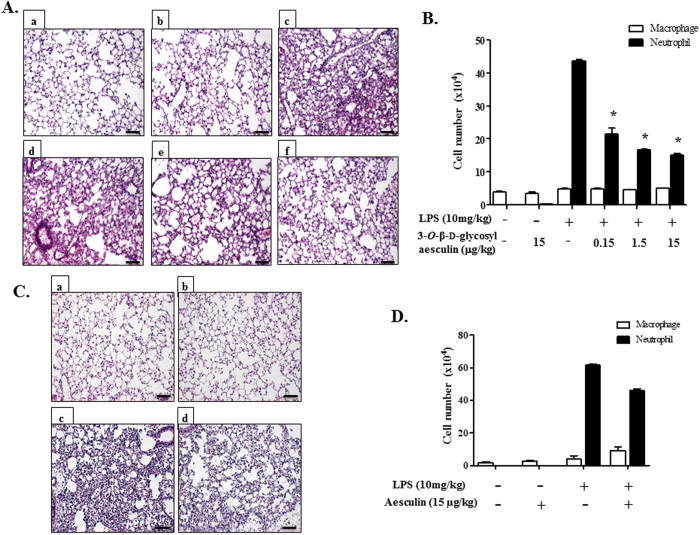Figure 4. 3-O-β-d-glycosyl aesculin suppresses neutrophilic lung inflammation in ALI mice.
(A) C57BL/6 mice (n = 5 per group) received an i.p. PBS (a,b) or an i.p. LPS (10 mg/kg body weight; (c–f) and 2 h later 0.15 μg/kg (d), 1.5 μg/kg (e), or 15 μg/kg (f) body weight of an i.t. 3-O-β-d-glycosyl aesculin. Lung sections were HE stained for histological examination (magnification ×100). Shown are representatives of at least five different areas of a lung (bar = 100 μm). (B) BAL was performed for counting neutrophil and macrophages in the lungs of the mice treated as in (A). Data represent the mean ± SEM of three independent counting. *P was <0.05, compared with LPS-treated mice. (C) In parallel experiments, mice (n = 5 per group) received an i.p. PBS (a,b) or an i.p. LPS (c,d) and 2 h later 15 μg/kg of an i.t. aesculin (b,d). Lung sections were analyzed similar to (A). (D) BAL was performed for counting neutrophil and macrophages in the lungs of the mice treated as in (C). Data represent the mean ± SEM of three independent counting. There was no significant reduction in neutrophil infiltration, compared to LPS-treated mice.

